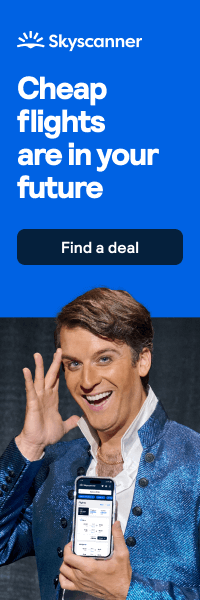Modern organizations are realizing that workforce management is no longer about guesswork or intuition. It is about understanding people through data. From hiring to retention, analytics is reshaping how leaders build stronger, smarter, and more efficient teams.
Data-driven HR is not just a technology trend. It has become the foundation of strategic business management. By translating workforce insights into measurable actions, companies can align people performance with financial growth and long-term stability.
The Shift Toward Evidence-Based HR
In the past, HR leaders relied on instinct to make hiring and performance decisions. While experience matters, data removes bias and strengthens accuracy. Today, advanced analytics can forecast workforce needs, identify engagement risks, and pinpoint the best talent matches.
From Intuition to Insight
Data systems now capture metrics such as productivity, satisfaction, and turnover patterns. When analyzed properly, these numbers tell a clear story about where teams thrive and where support is lacking. Businesses that embrace this evidence-based approach outperform those that depend on subjective judgment.
A Strategic Advantage for Decision-Makers
HR analytics also help executives connect people data to financial results. A well-analyzed workforce can show the direct impact of employee engagement on profitability. That clarity helps CFOs and HR directors make faster and smarter investment decisions. Platforms like Happy HR are helping organizations use data more effectively, bringing together automation and analytics to support evidence-based workforce strategies.
Predictive Analytics and the New HR Intelligence
Predictive analytics is the engine behind the future of workforce management. It helps leaders see beyond current performance and prepare for what is next.
Anticipating Talent Needs
Data models can forecast future skill gaps and staffing requirements. For example, a company may predict that automation will create demand for new technical roles within two years. With those insights, HR can begin recruitment or training early, avoiding the cost of last-minute hiring.
Strengthening Retention with Data
Turnover remains a costly challenge across industries. Predictive analytics identifies early warning signs such as declining engagement scores or attendance patterns. Acting on those signals helps prevent employee exits before they happen. The result is a more stable and motivated workforce.
Technology and Automation Powering Modern HR
Digital transformation has made HR more efficient, compliant, and people-focused. Recent developments in AI-driven HR systems continue to show how technology is reshaping payroll, performance tracking, and workforce management. Automation reduces manual work while AI-powered systems improve accuracy and decision speed.
The Role of HR Automation
Automation now handles repetitive tasks such as payroll, onboarding, and compliance reporting. This shift enables HR professionals to focus on higher-value priorities like culture building, leadership development, and employee engagement. Modern HR tools now integrate automation and analytics to simplify compliance, improve accuracy, and streamline daily operations.
Real-Time Dashboards for Better Oversight
Business leaders are increasingly turning to real-time dashboards to monitor workforce metrics. These dashboards track performance, costs, and productivity in one view. By connecting HR and finance data, leaders gain a unified perspective of how people decisions affect business outcomes.
Collaboration Between HR and Finance
The gap between HR and finance is closing fast. Data is the bridge bringing these departments together. When both teams share analytics, they can align budgets, headcount, and performance targets with greater precision.
Linking People Strategy to Financial Outcomes
Joint data access allows CFOs to measure the ROI of HR initiatives. Whether it is an employee training program or a retention plan, results can now be tracked in numbers rather than assumptions. This collaboration ensures that workforce investments translate into measurable business impact.
Building Resilient and Agile Organizations
When HR and finance collaborate, organizations become more adaptable. They can respond to market shifts, talent shortages, or economic challenges with informed confidence. Shared data empowers them to act faster while staying aligned on long-term growth.
Data Ethics and Human Balance
While data strengthens decisions, ethical responsibility must remain central. Employees deserve transparency about how their data is collected and used. Clear communication builds trust and ensures compliance with global data regulations like GDPR.
Equally important, HR professionals must balance analytics with empathy. Conversations around diversity and inclusion remind leaders that beyond metrics, genuine understanding of people drives long-term engagement. Data can reveal what is happening, but human judgment determines how to respond. The strongest workplaces are those that use analytics to guide, not replace, authentic human leadership.
Conclusion
The future of workforce management belongs to organizations that blend human insight with data intelligence. Predictive analytics and automation are shaping smarter, faster, and fairer HR decisions. Companies that use data responsibly will build stronger teams, boost performance, and achieve lasting success.















